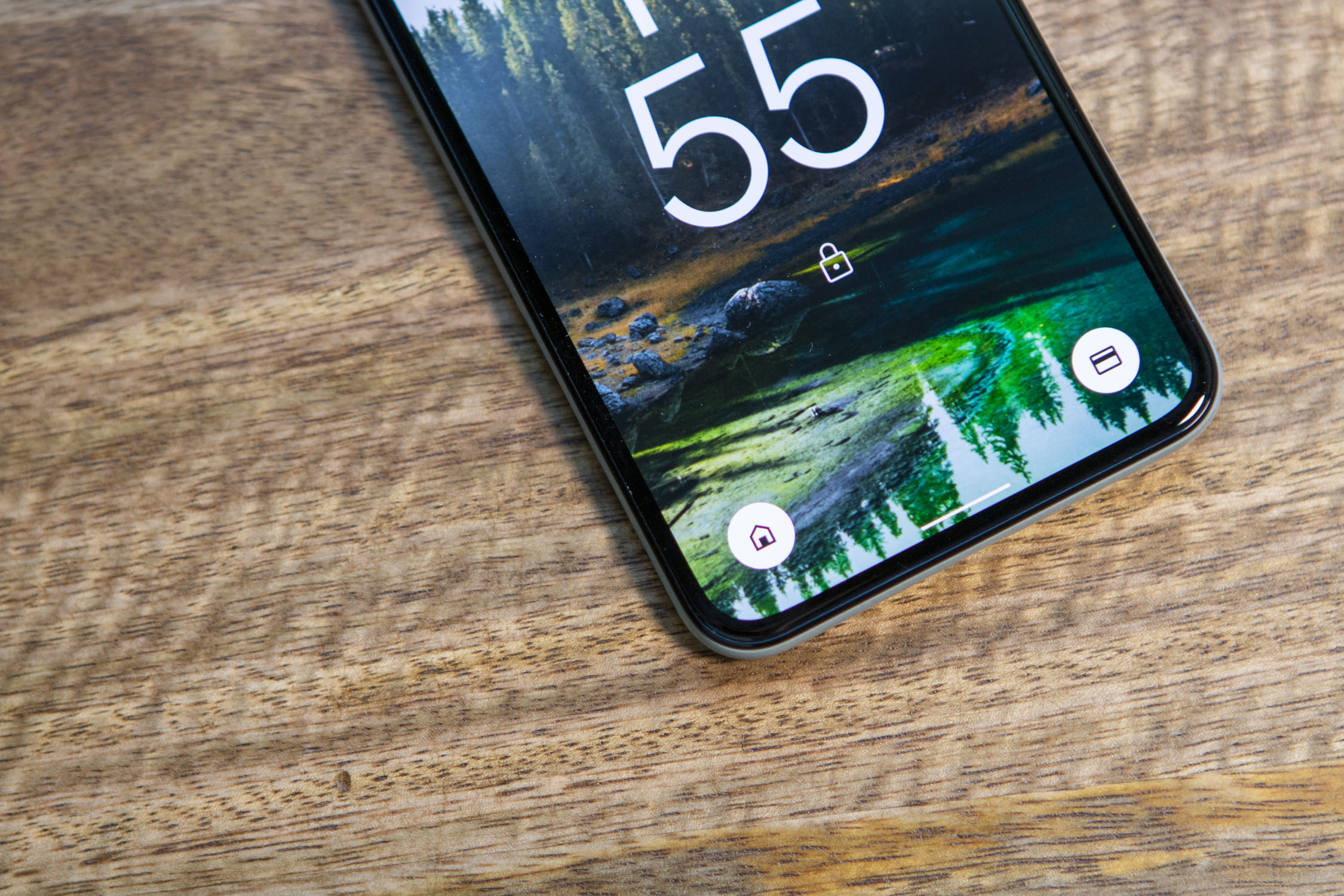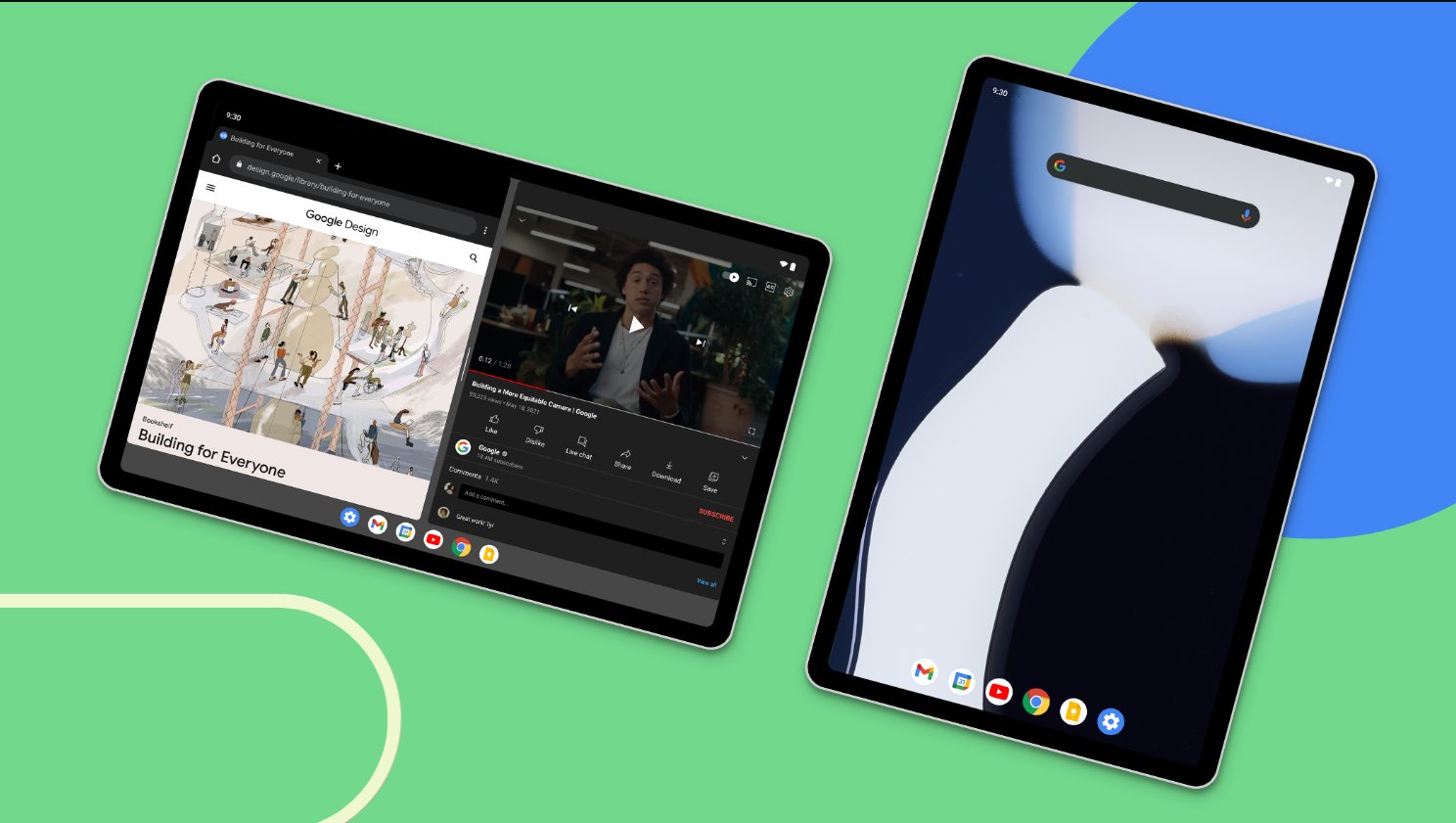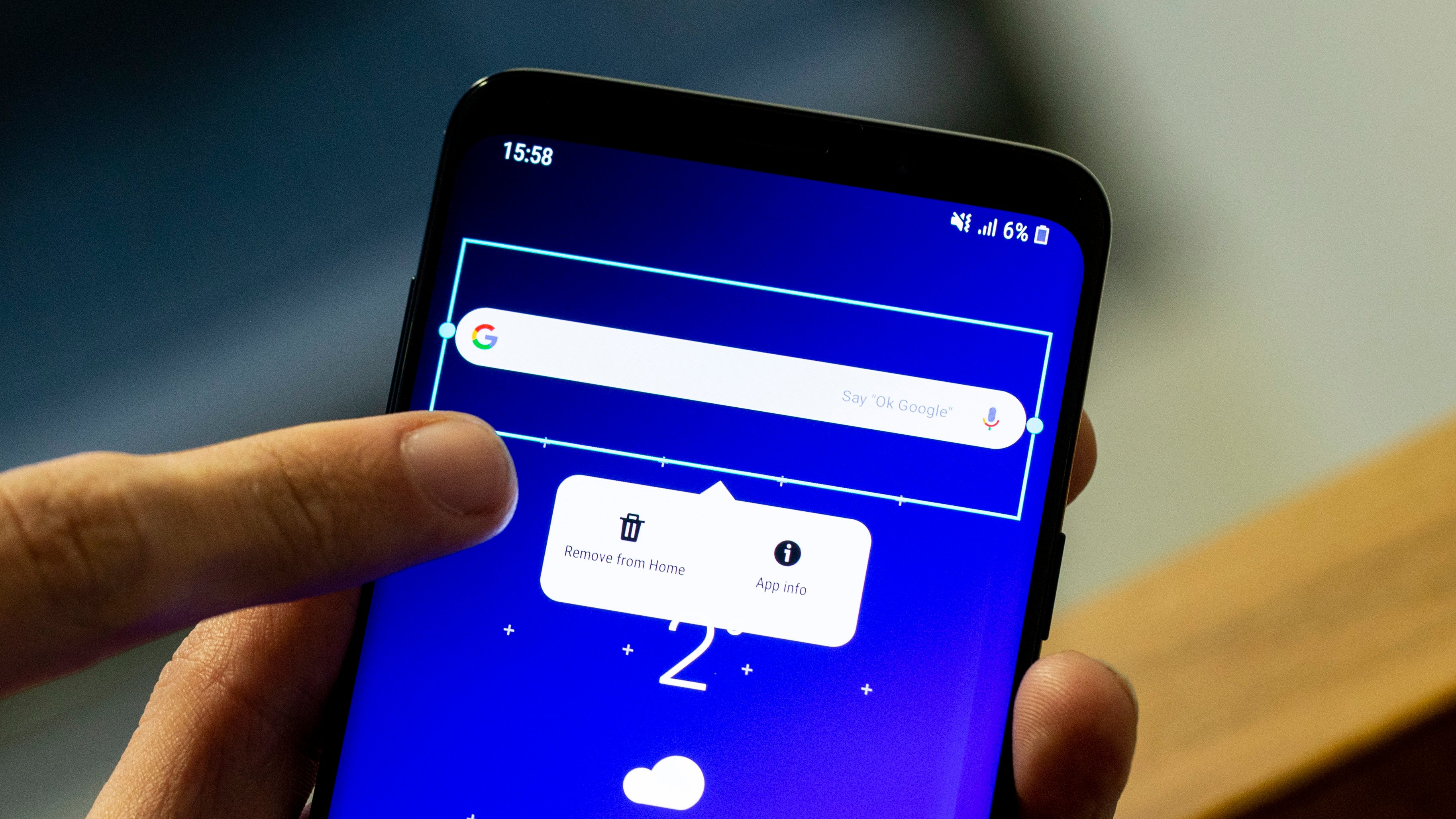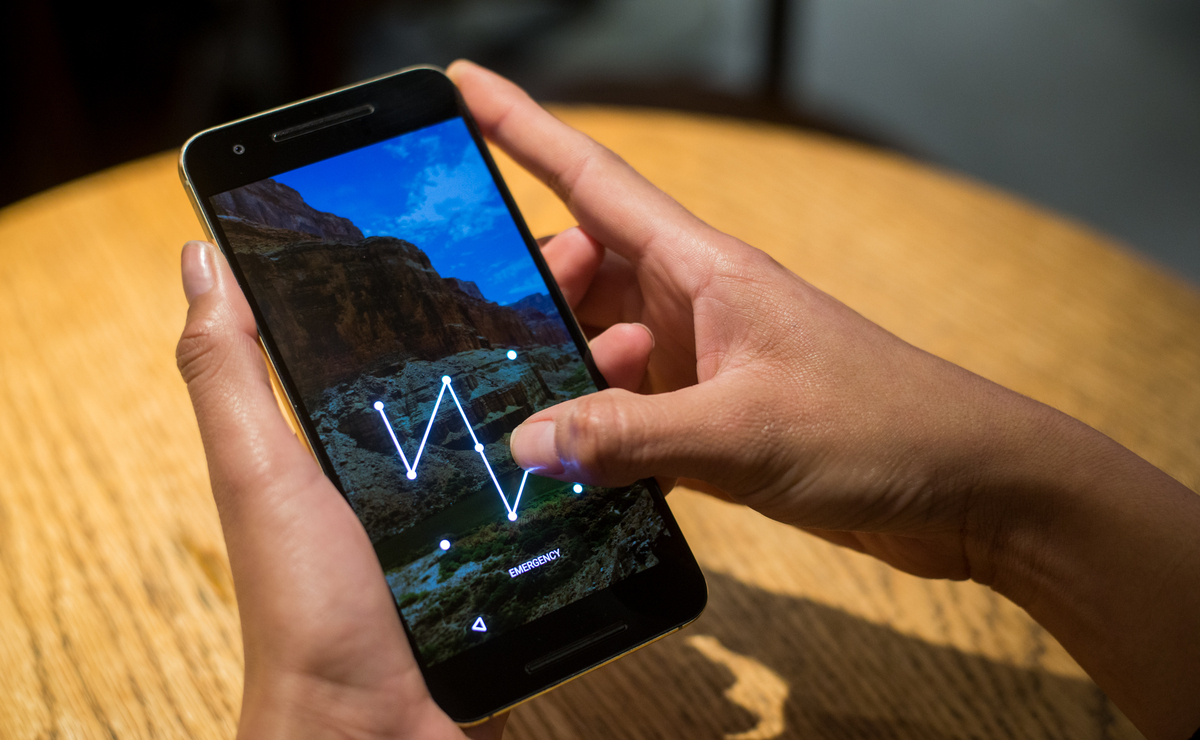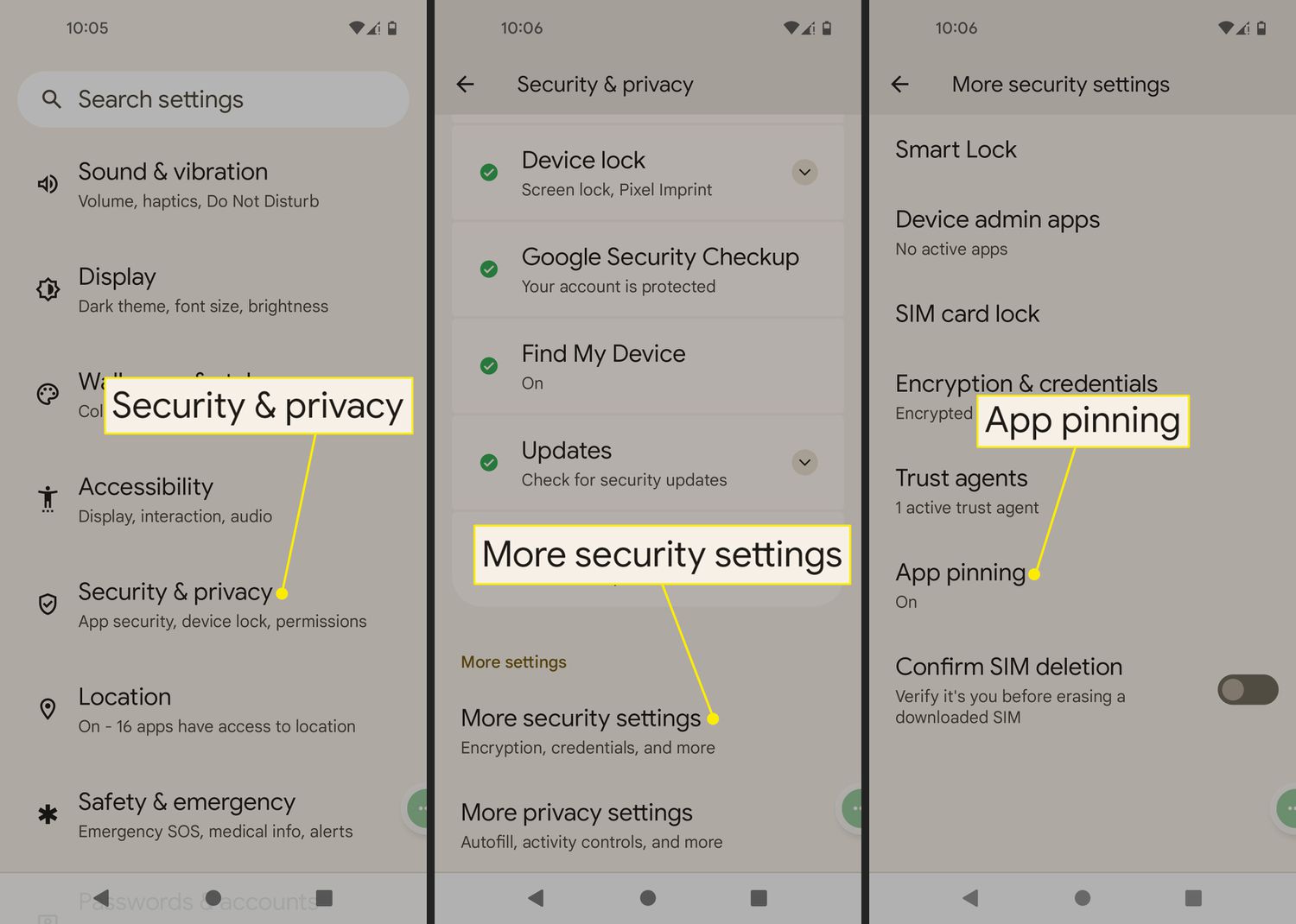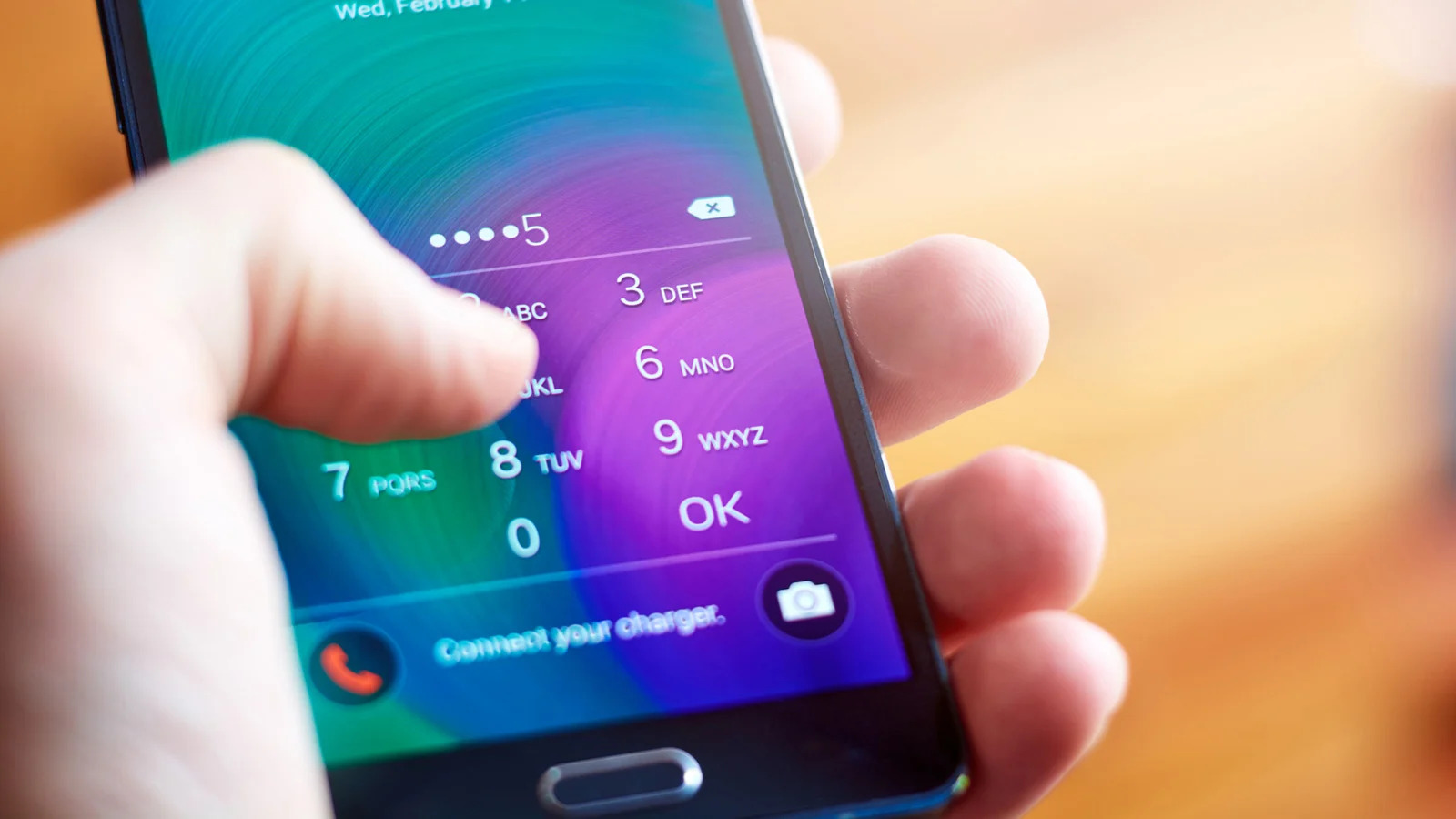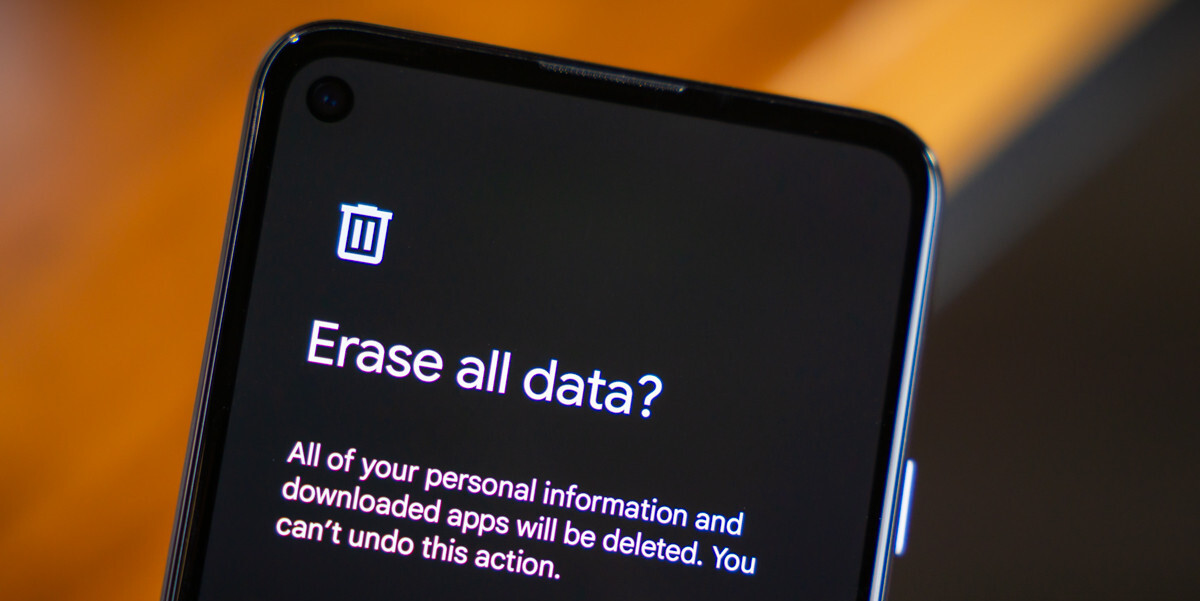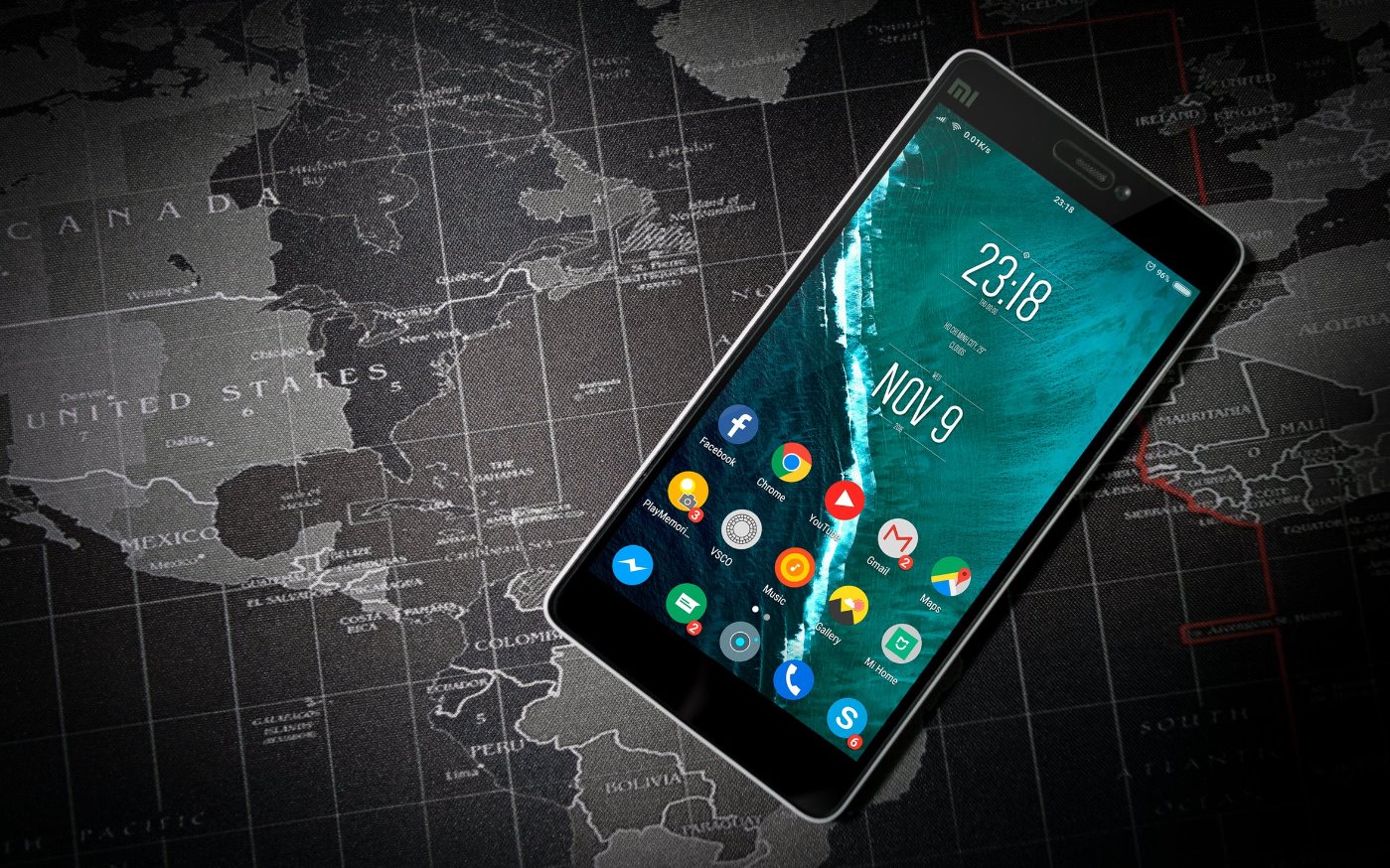Introduction
Locking the screen of your Android device is a crucial step in ensuring the security and privacy of your personal information. Whether you need to step away from your phone for a moment or want to prevent unauthorized access, being able to lock your Android screen is essential. Fortunately, there are various methods you can use to quickly lock your device, adapted to different situations and preferences.
In this article, we will explore five different methods that you can use to lock your Android screen. These methods range from using physical buttons on your device to utilizing the built-in settings or even installing third-party apps. By following these methods, you can have peace of mind knowing that your Android screen is always secure, adding an extra layer of protection to your valuable data.
Locking your Android screen effectively prevents unwanted access to your device, especially in situations where you may misplace it or have it stolen. Additionally, it protects your privacy by ensuring that others cannot easily view your personal messages, emails, or other sensitive information that may be displayed on your screen.
It is important to note that while all Android devices provide default methods for screen locking, the exact steps and options may vary slightly depending on the manufacturer and Android version. Hence, it is advisable to refer to your device’s user manual or consult the specific instructions provided by the manufacturer if you encounter any difficulties while trying to lock your screen using these methods.
Without further ado, let’s dive into the different methods you can use to secure your Android screen!
Method 1: Using the Power Button
One of the simplest and quickest ways to lock your Android screen is by using the power button. This method works on most Android devices and can be performed with just a press of a button.
Here’s how you can lock your screen using the power button:
- Press the power button located on the side or top of your Android device. Depending on your device, it may also be labeled as the sleep/wake button.
- Hold the power button down until a pop-up menu appears on the screen.
- From the menu, select the “Lock” or “Lock screen” option.
Once you select the lock option, your Android screen will instantly lock, requiring a password, PIN, pattern, or biometric authentication (such as fingerprint or face recognition) to unlock it again. This provides an added layer of security, ensuring that only authorized individuals can access your device and its contents.
It’s worth noting that some Android devices may have slightly different steps to access the lock option from the power button menu. If the lock option is not immediately visible on the menu, look for additional options or settings within the menu that may lead you to the lock screen functionality.
The power button method is particularly useful if you want a quick and hassle-free way to lock your Android screen. It can be performed with just one hand and becomes second nature once you get accustomed to the location of the power button on your device.
By utilizing the power button to lock your Android screen, you can ensure the safety of your device and prevent unauthorized access to your personal information, even if you have to step away from your phone momentarily.
Method 2: Using the Lock Screen Button
Another convenient method for locking your Android screen is through the use of the dedicated lock screen button. Many Android devices are equipped with a physical or virtual button specifically designed for this purpose.
To lock your screen using the lock screen button, follow the steps outlined below:
- Locate the lock screen button on your Android device. On some devices, it may be a dedicated button located on the front or side of the device, while on others, it may be a virtual button displayed on the screen.
- Press the lock screen button to instantly lock your Android screen.
Once you activate the lock screen button, your device will immediately require a password, PIN, pattern, or biometric authentication to unlock. This ensures that only authorized individuals can access your device and its contents.
If you’re unsure about the location of the lock screen button on your specific device, refer to your device’s user manual or perform a quick online search for instructions tailored to your model.
The lock screen button method provides a quick and straightforward way to secure your Android screen. Whether you have a physical button or a virtual one, utilizing this method allows you to lock your device with a single press, providing added peace of mind, especially in situations where you need to secure your phone quickly.
Remember to become familiar with the location and functionality of the lock screen button on your device to efficiently lock and unlock your screen whenever needed.
Method 3: Using the Device Settings
If you prefer a more customizable approach to lock your Android screen, you can utilize the device settings to configure the locking mechanism according to your preferences. By accessing the settings, you can not only lock your screen but also adjust various security and privacy settings.
Follow the steps below to lock your Android screen using the device settings:
- Open the Settings app on your Android device. You can usually find it in the app drawer or by swiping down from the top of the screen and tapping the gear icon.
- Scroll down until you find the “Security” or “Security & Location” option and tap on it. The exact name and location of this option may vary depending on your device’s manufacturer and Android version.
- Within the Security settings, look for the “Screen lock” or “Lock screen” option and tap on it.
- Select the type of lock screen you prefer, such as pattern, PIN, password, or biometric authentication (e.g., fingerprint or face recognition).
- Follow the on-screen instructions to set up your chosen lock screen method, including creating a pattern, entering a PIN or password, or registering your biometric data.
Once you have configured your desired lock screen settings, your Android device will lock automatically based on the parameters you have set. This allows you to personalize the locking mechanism to suit your security needs and preferences.
In addition to locking your screen, accessing the device settings also enables you to explore other security features, such as enabling two-factor authentication, setting up trusted devices or locations, and managing app permissions, among others. Take some time to familiarize yourself with the various options available to enhance the security of your Android device.
Utilizing the device settings to lock your Android screen gives you more control over the security of your device. By customizing the lock screen method and exploring additional security features, you can ensure that your sensitive information remains protected and inaccessible to unauthorized individuals.
Method 4: Using Smart Lock
Smart Lock is a feature available on many Android devices that provides a convenient and seamless way to lock and unlock your screen based on specific conditions or trusted devices. With Smart Lock, you can bypass the traditional lock screen methods in certain situations where you trust the security of your surroundings.
To utilize Smart Lock to lock your Android screen, follow the steps below:
- Open the Settings app on your Android device.
- Scroll down and tap on the “Security” or “Security & Location” option.
- Look for the “Smart Lock” option within the Security settings and tap on it.
- You may be required to enter your current lock screen method, such as pattern, PIN, or password, to access the Smart Lock settings.
- Choose one of the available Smart Lock options, such as Trusted Places, Trusted Devices, Trusted Face, or Trusted Voice.
- Follow the on-screen instructions to set up the selected Smart Lock method.
Once you have configured a Smart Lock method, your Android device will automatically unlock when it detects the trusted condition you have set. For example:
- Trusted Places: Your device will stay unlocked when it is within a specific geographic location, such as your home or office.
- Trusted Devices: Your device will remain unlocked when connected to a trusted Bluetooth device, such as a smartwatch or car’s audio system.
- Trusted Face: Your device will unlock when it recognizes your face through facial recognition technology.
- Trusted Voice: Your device will unlock when it hears your voice command or trigger phrase.
Smart Lock provides a convenient alternative to traditional lock screen methods, as it allows you to streamline the unlocking process in situations where you trust the security of your environment or connected devices.
It’s important to note that while Smart Lock offers added convenience, it may slightly compromise the security of your device. Make sure to carefully consider the conditions and devices you trust before enabling Smart Lock to ensure the safety of your personal information.
By utilizing Smart Lock, you can enhance the usability of your Android device while maintaining a satisfactory level of security.
Method 5: Using a Third-Party App
If you’re looking for additional features and customization options to lock your Android screen, you can consider using a third-party app. There are numerous apps available on the Google Play Store that offer advanced locking mechanisms, extra security features, and intuitive user interfaces.
Here’s how you can lock your Android screen using a third-party app:
- Open the Google Play Store on your Android device.
- Search for “screen lock app” or similar keywords in the search bar.
- Browse through the list of apps and read their descriptions, ratings, and reviews to find one that meets your requirements.
- Select the app that you deem suitable, tap on the “Install” button, and follow the on-screen instructions to download and install the app on your device.
- Once the app is successfully installed, open it and set up the desired lock screen method and security settings, according to the app’s instructions.
Many third-party lock screen apps offer a wide range of features, including unique lock screen designs, additional security measures like intruder detection and photo capture, and customizable options such as lock screen widgets and shortcuts.
When choosing a third-party lock screen app, it is important to consider factors such as user reviews, app permissions, and the reputation of the developer. Ensure that you only download and install apps from trusted sources to minimize the risk of malware or compromised security.
Keep in mind that using a third-party app to lock your Android screen may vary in terms of compatibility and functionality across different devices. It is recommended to explore the app’s settings and refer to its documentation or support to maximize its potential.
By opting for a third-party lock screen app, you can customize the appearance and functionality of your Android lock screen, while also enjoying additional security features that go beyond the default options provided by the operating system.
Remember to regularly update the third-party app to ensure compatibility with the latest Android version and security patches.
Conclusion
Securing your Android screen is a vital step in protecting your personal information and ensuring the privacy of your device. In this article, we explored five different methods you can use to lock your Android screen, each offering its own benefits and considerations.
Using the power button and lock screen button provide quick and effortless ways to lock your screen with just a press or tap. These methods are ideal for situations that require immediate security or when you need a simple solution.
Accessing the device settings allows you to personalize your lock screen method and explore additional security features available on your Android device. This method gives you more control over your security settings and helps you tailor the locking mechanism to your preferences.
Smart Lock offers a convenient way to automate your lock screen based on conditions like trusted places, devices, face recognition, or voice recognition. This method provides a balance between security and convenience, allowing you to streamline the unlocking process in specific situations.
If you desire additional features and customization options, third-party lock screen apps can provide advanced security measures, unique designs, and extra functionality. These apps allow you to enhance the appearance and usability of your lock screen, but it is important to choose reputable apps from trusted sources to maintain the security of your device.
By implementing these five methods, you can safeguard your Android screen and ensure that your personal information remains protected. Remember to choose the method that best suits your needs and preferences, considering factors such as convenience, security level, and device compatibility.
Keep in mind that the availability and functionality of these methods may vary depending on your device manufacturer, Android version, and any additional security settings enabled on your device.
Stay proactive in keeping your Android device secure by regularly updating your system software, using strong passwords or PINs, and being cautious of apps or websites that may compromise your device’s security.
Take the time to explore and utilize these methods to lock your Android screen effectively. By implementing these security measures, you can enjoy peace of mind knowing that your personal information is protected from unauthorized access.
Remember, the security of your Android device starts with a locked screen!







